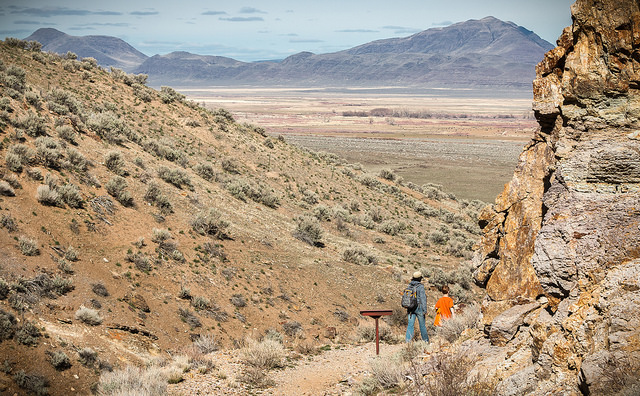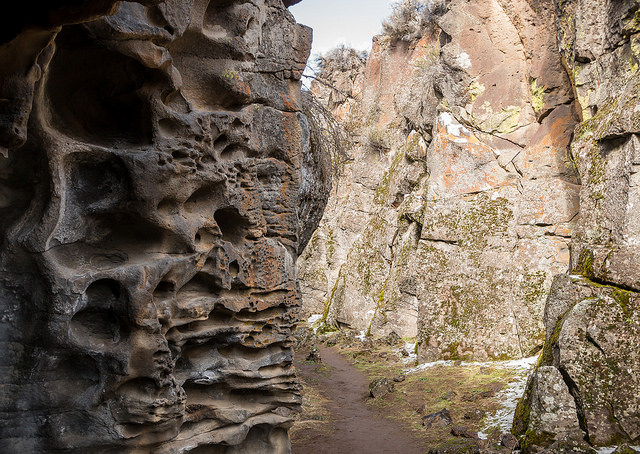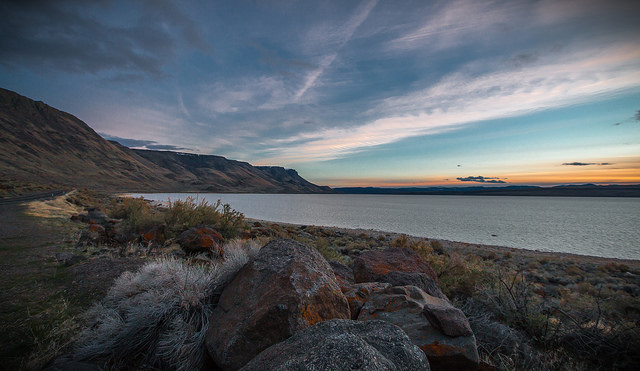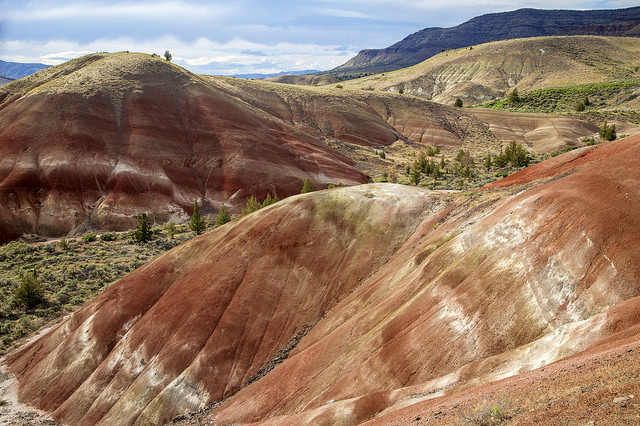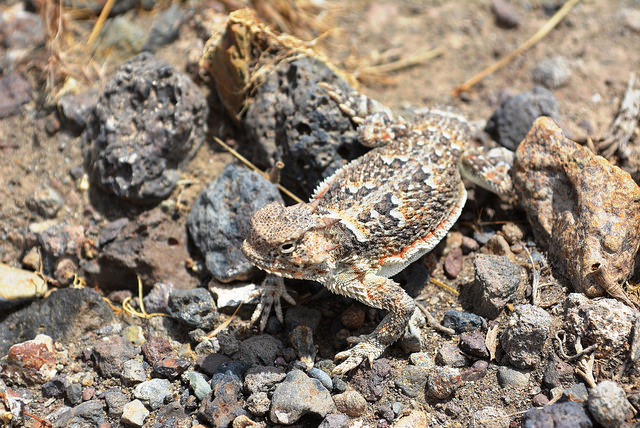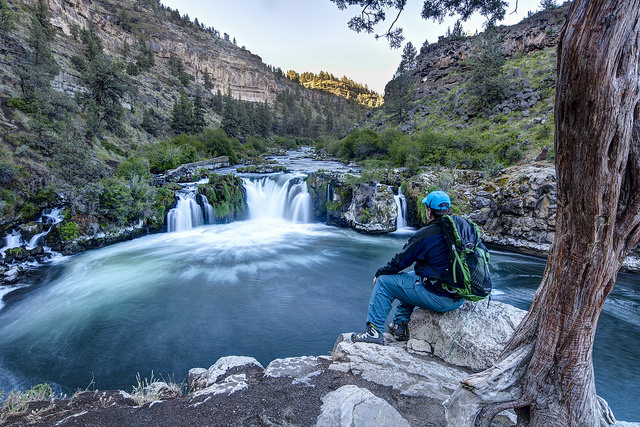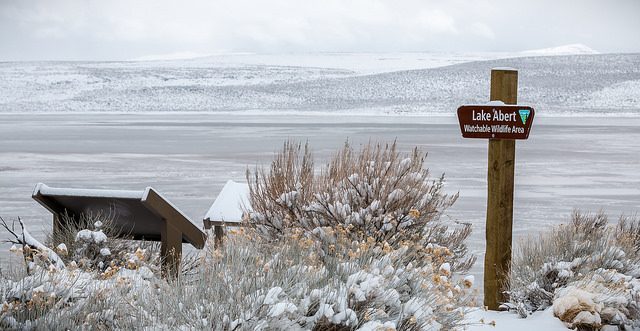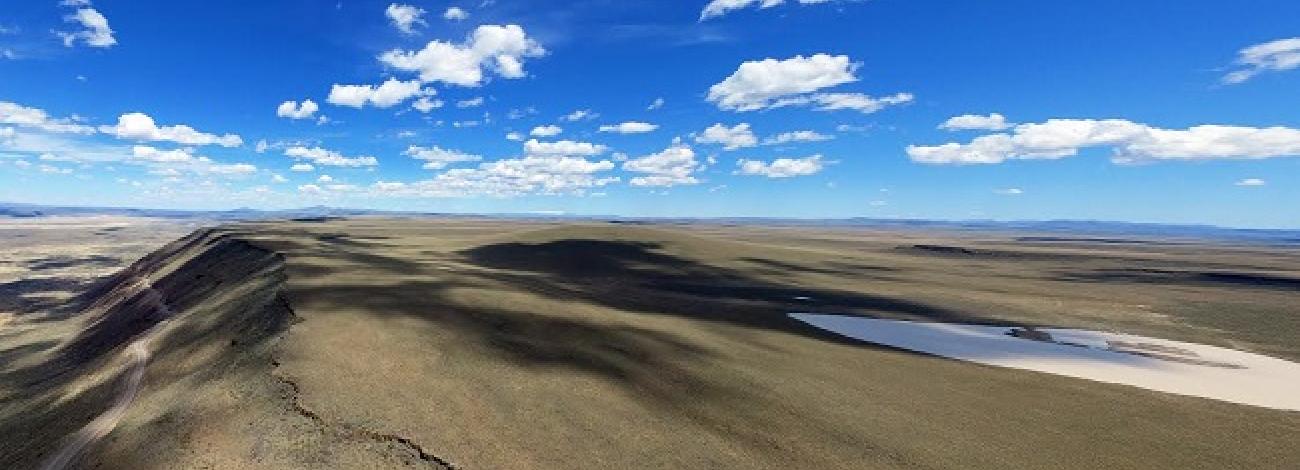
Dry Creek Wilderness Study Area
Dry Creek Wilderness Study Area (WSA) (OR-3-53) is located west of the Owyhee Reservoir in Malheur County, Oregon, approximately 27 miles southwest of Vale, Oregon. The WSA contains 22,500 acres of BLM land and three parcels of split-estate lands totaling 1,000 acres. The study area is approximately 7 miles long and 5 miles wide. It is bounded by high grade roads and parcels of private property along the northern and western boundaries, and a high grade dirt road along the eastern boundary. The southern boundary is comprised of vehicular ways, a fence and topographic features. Dry Creek Buttes WSA (OR-3-56) is adjacent to the southeast boundary of Dry Creek WSA for approximately 6 miles. The two are separated by a road.
Creek Canyon is the dominant topographic feature within the WSA. This scenic canyon, carved by the intermittent water flow of Dry Creek, bisects the WSA for 9 miles until leaving it at the northeastern boundary near the Dry Creek arm of Owyhee Reservoir. The width of the canyon’s floor usually averages between 250 to 500 feet, but near the confluence of Freezeout Creek it widens to 0.75 mile covered slopes, often with gradients greater than 50 percent, form the canyon’s sides. Cliffs and outcroppings provide picturesque diversity. These geologic features are composed of both basalt and layered ash deposits which add a variety of colors to the canyon scenery. With the exception of several drainages such as Freezeout, Deadhorse and Sheep Creeks, the terrain away from Creek is less steep. Rolling hills and numerous drainages of varying lengths characterize the landscape. There also are several buttes, ridges and tablelands.
Sagebrush and grasses are the dominant plants within the WSA. However, the riparian zone along Dry Creek supports a variety of plants that are not represented in the surrounding semiarid environment. These include mock orange, willow, rushes and sedges.
The WSA was studied under Section 603 of the Federal Land Policy and Management Act (FLPMA), and was included in the Final Oregon Wilderness Environmental Impact Statement (EIS) filed in February 1990.

